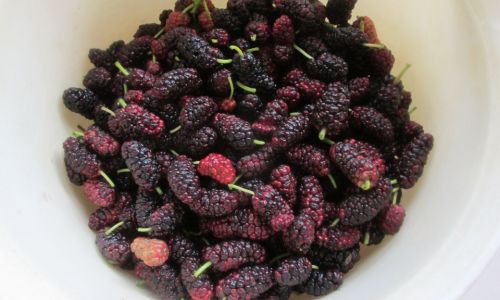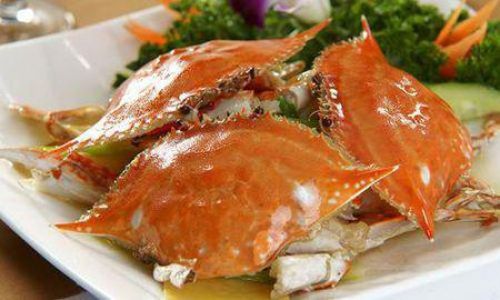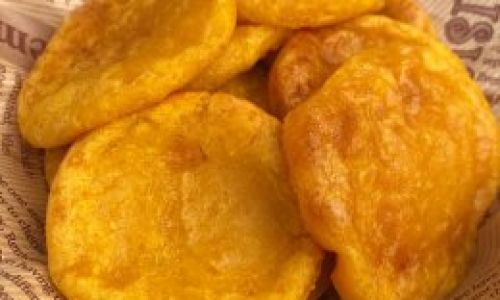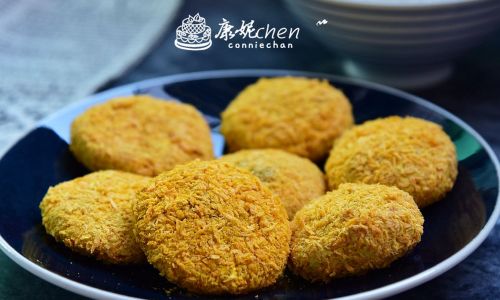Introduction
In the realm of fruit preservation, drying is a time-honored technique that extends the shelf life of perishable produce while intensifying their flavors. Mulberries, known for their sweet and tart taste, rich nutritional profile, and vibrant purple hue, are no exception. However, the question arises: can mulberries be dried in a microwave, a kitchen appliance commonly used for rapid heating and defrosting? This article delves into the feasibility, methodology, potential pitfalls, and alternative drying methods for mulberries, aiming to provide a comprehensive guide for those interested in preserving this delightful fruit.
Understanding Microwave Drying
Microwave ovens operate by emitting microwave radiation that causes water molecules within food to vibrate rapidly, generating heat through molecular friction. This process is highly efficient for quick heating and cooking but presents unique challenges when it comes to drying fruits. The primary concern is uneven heating, which can lead to hot spots where the mulberries may burn while other parts remain moist.
Moreover, microwave drying tends to be less effective in removing moisture uniformly compared to conventional drying methods like sun-drying, oven drying, or using a dehydrator. The rapid heating can also alter the fruit’s texture and flavor, potentially making the dried mulberries less appealing.

The Practicality of Microwave Drying Mulberries
Despite these challenges, it is technically possible to attempt drying mulberries in a microwave. However, success hinges on meticulous control over the drying process to avoid overcooking and preserve the fruit’s quality. Here’s a step-by-step guide on how to proceed, along with considerations to keep in mind:
-
Preparation: Start by selecting ripe, firm mulberries free from blemishes. Rinse them gently under cold water and pat them dry using a clean cloth or paper towels. Remove any stems or leaves.
-
Spacing: Arrange the mulberries in a single layer on a microwave-safe plate or tray lined with parchment paper to prevent sticking. Ensure there is adequate spacing between the fruits to allow for even microwave penetration.
-
Microwave Settings: Use the lowest power setting available, typically around 20-30% of full power. This reduces the risk of burning and allows for more gradual moisture removal.
-
Monitoring: Microwave the mulberries in short intervals, starting with 1-2 minutes. Pause after each interval to check the progress, stirring the fruits gently to promote even drying. Be vigilant for signs of browning or burning.
-
Repeat: Continue the process in short bursts until the mulberries reach your desired level of dryness. This could take several cycles, depending on the microwave’s power and the initial moisture content of the mulberries.
-
Cooling and Storage: Once dried, allow the mulberries to cool completely on a wire rack to prevent condensation. Store them in an airtight container in a cool, dark place to maintain freshness.
Potential Pitfalls and Considerations
-
Uneven Drying: As mentioned, uneven heating is a significant issue. Some mulberries may become overly dry or burnt while others remain damp.
-
Texture and Flavor: Microwave drying can result in a softer, less crunchy texture compared to traditionally dried fruits. The intense heat may also alter the fruit’s natural sweetness and tartness.

-
Nutrient Loss: Prolonged exposure to high temperatures, even at lower power settings, can degrade vitamins and antioxidants present in mulberries.
-
Safety Concerns: Always handle hot appliances and materials with care to prevent burns. Ensure the microwave is clean and free of debris that could ignite.
Alternative Drying Methods
Given the limitations of microwave drying, it’s worth exploring alternative methods that offer better results in terms of texture, flavor preservation, and nutrient retention:
-
Sun-Drying: A traditional and energy-efficient method. Lay mulberries on a mesh screen or tray in direct sunlight, turning them occasionally until fully dried. This can take several days depending on weather conditions.
-
Oven Drying: Preheat your oven to a very low temperature (around 150°F or 65°C) and place mulberries on baking sheets in a single layer. Use the oven’s convection setting if available for more uniform drying. Prop the oven door slightly open with a wooden spoon to facilitate air circulation.
-
Dehydrator: Specifically designed for drying fruits and vegetables, a dehydrator provides precise temperature and airflow control, ensuring even drying with minimal nutrient loss. Drying times vary but are generally shorter than sun-drying and more consistent than oven drying.
Conclusion
In summary, while it is technically feasible to dry mulberries in a microwave, the process requires careful monitoring and may not yield the best results in terms of texture, flavor, and nutrient retention. Alternative methods such as sun-drying, oven drying, or using a dehydrator offer more reliable and satisfying outcomes. For those seeking to preserve the unique charm of mulberries, investing in a suitable drying apparatus or embracing traditional techniques may be the way forward. Ultimately, the choice of drying method should align with personal preferences, available resources, and the desired end product quality.






0 comments